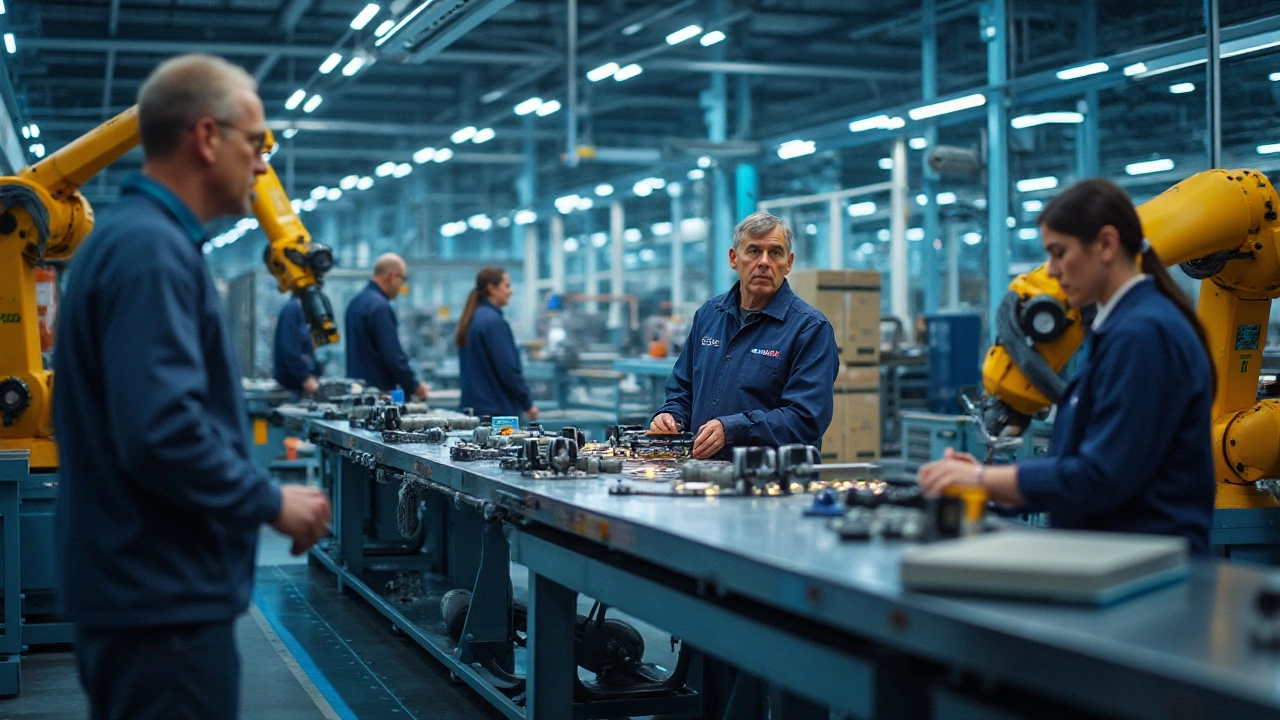Toyota India – What You Need to Know
When looking at Toyota India, the Indian subsidiary of Toyota Motor Corporation that designs, builds, and sells cars for the local market. Also known as Toyota Motors India, it drives a large share of the country's automotive growth.
One of the biggest forces behind Toyota India is automotive manufacturing, the process of turning raw steel, plastics, and electronics into moving vehicles. This sector fuels job creation, technology transfer, and regional development. In turn, automotive manufacturing requires a robust supply chain, a network of local parts makers, logistics providers, and service centers that feed the assembly line. When the supply chain works well, plant output rises and vehicle prices stay competitive.
How Toyota India Shapes the Indian Car Market
The Indian car market, a fast‑growing segment that includes compact cars, SUVs, and emerging electric models, reflects shifting consumer tastes and regulatory pressure. Toyota India’s focus on fuel‑efficient hybrids and recent moves toward electric drivetrains illustrate how manufacturers respond to government mandates on emissions. Vehicle sales data shows that when Toyota releases a new model, dealer footfall spikes, and local parts suppliers see order surges. This cause‑and‑effect chain highlights the semantic link: Toyota India influences Indian car market demand.
Beyond sheer sales, Toyota India is a testbed for sustainable manufacturing, practices that cut waste, lower energy use, and recycle materials like aluminum and rPET. The company’s plant in Gujarat, for example, recycles a large portion of its water and uses solar power for non‑critical operations. Sustainable manufacturing not only reduces the carbon footprint but also lowers operating costs—a win‑win that feeds back into the supply chain and helps keep vehicle prices stable for Indian buyers.
Jobs are another hidden benefit. The shift toward advanced manufacturing and electrification creates demand for skilled technicians, software engineers, and quality controllers. A recent report on highest‑paying factory jobs in the UK highlighted similar trends, proving that the skill set needed for modern auto plants is globally relevant. When Toyota India invests in training programs, it lifts the entire local workforce, which in turn supports other sectors like plastics and textiles that supply interior components.
All these pieces—manufacturing, supply chain, market demand, sustainability, and employment—form a tight loop. Toyota India requires a forward‑looking supply chain, drives sustainable manufacturing practices, and influences the broader Indian car market. The interplay mirrors what we see in other Indian industries, from rice production to textile heritage, where local sourcing and modern techniques boost both economy and environment.
Below you’ll find a curated set of articles that dive deeper into each of these themes. Whether you’re curious about how vehicle sales are trending, what plastic materials are in demand for auto parts, or how manufacturing can uplift local communities, the collection offers practical insights and real‑world examples you can apply right away.
Why Did Toyota Halt Production in India?
Toyota's decision to stop production in India has stirred quite a conversation. Known for its reliable vehicles, Toyota's move was driven by several factors unique to the Indian market. This article explores the reasons behind the halt, including financial challenges, regulatory hurdles, and market dynamics. Understanding these factors sheds light on how global automotive giants navigate complex markets.
- manufacturing
- India
- food processing
- garden tips
- rice cultivation
- government schemes
- balcony garden
- urban gardening
- balcony gardening
- profitable business
- business ideas
- plastic manufacturing
- drip irrigation
- plant care
- steel manufacturing
- sustainable gardening
- startup ideas
- steel industry
- flower gardening
- textile manufacturers






